Behind the uptick in e-commerce is a little known secret: As much as a third of all Internet sales gets returned, in part because of easy policies on free shipping. Retailers are trying some new tactics to address the problem.
Research and publish the best content.
Get Started for FREE
Sign up with Facebook Sign up with X
I don't have a Facebook or a X account
Already have an account: Login
Get weekly or monthly digest of all posts in your inbox: https://fmcs.digital/wim-subscribe
Curated by
Farid Mheir
 Your new post is loading... Your new post is loading...
|

Curated by Farid Mheir
Get every post weekly in your inbox by registering here: http://fmcs.digital/newsletter-signup/
|







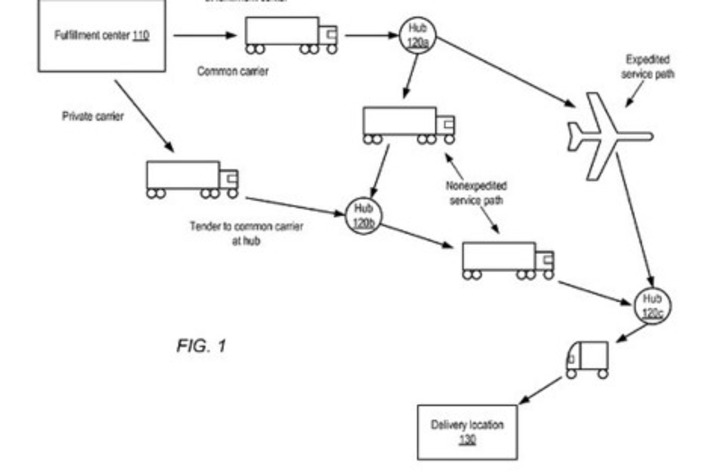
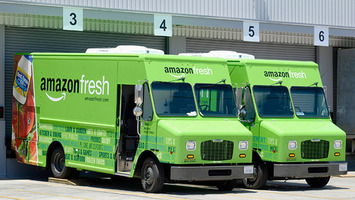

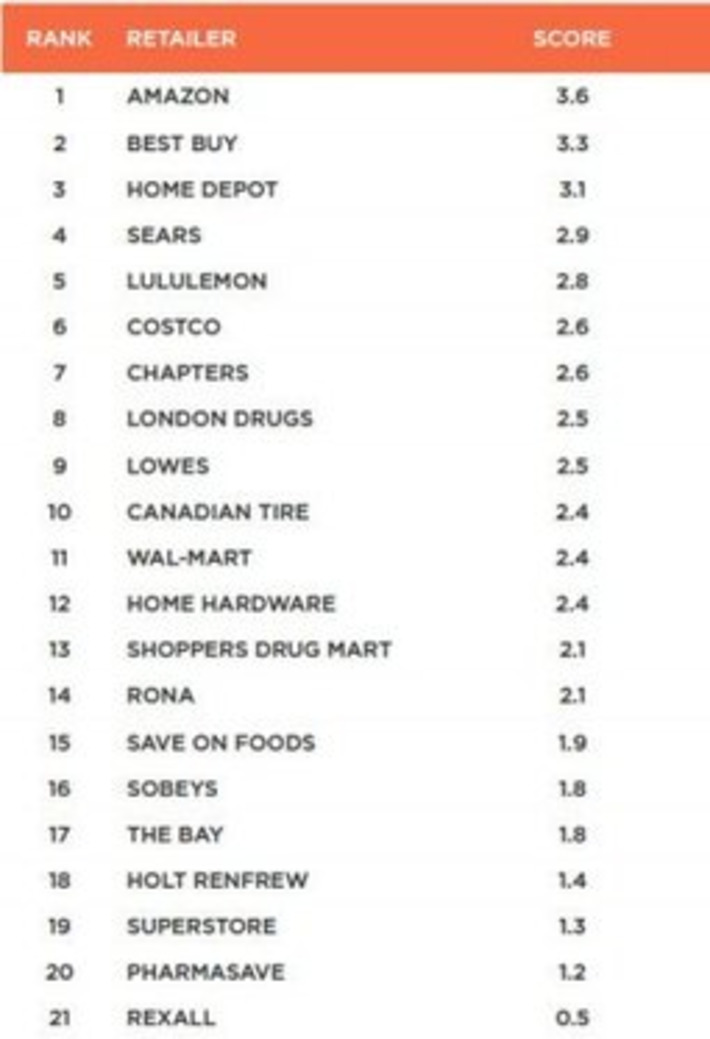


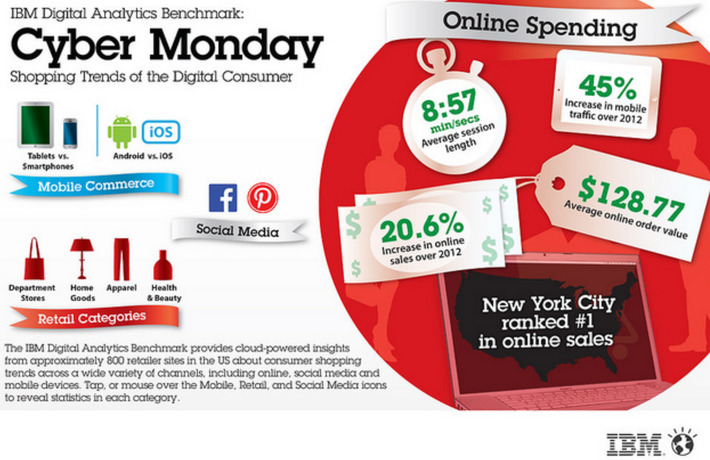
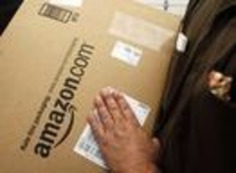
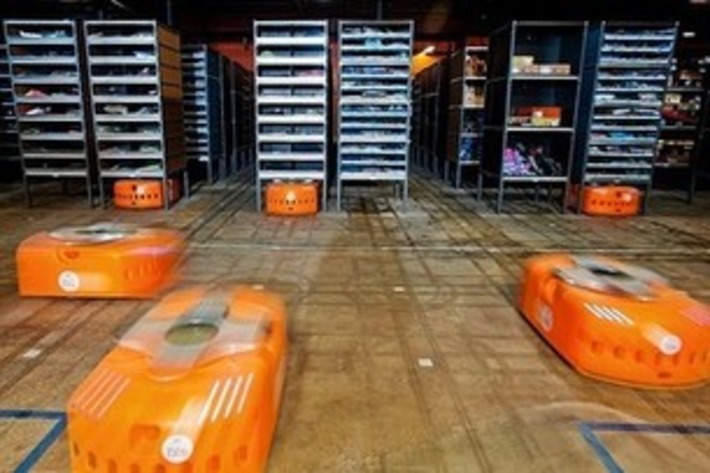

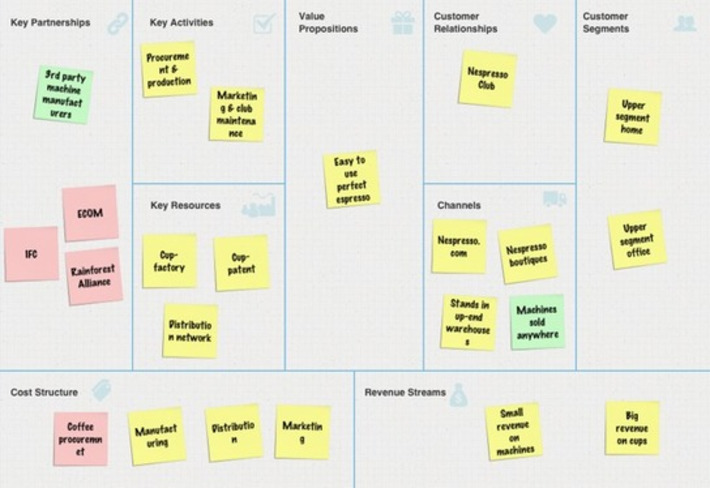
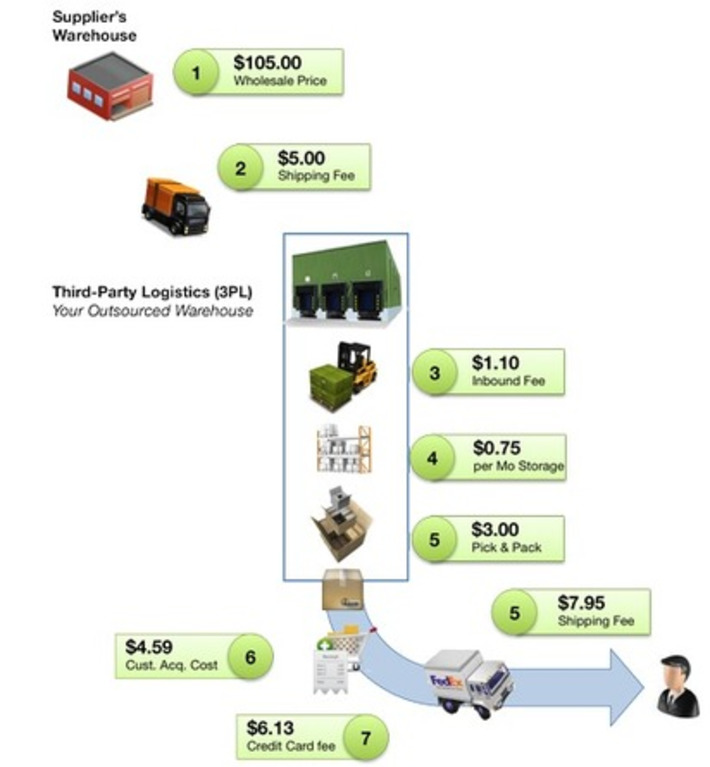



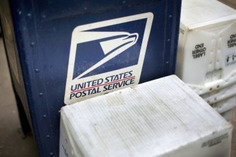

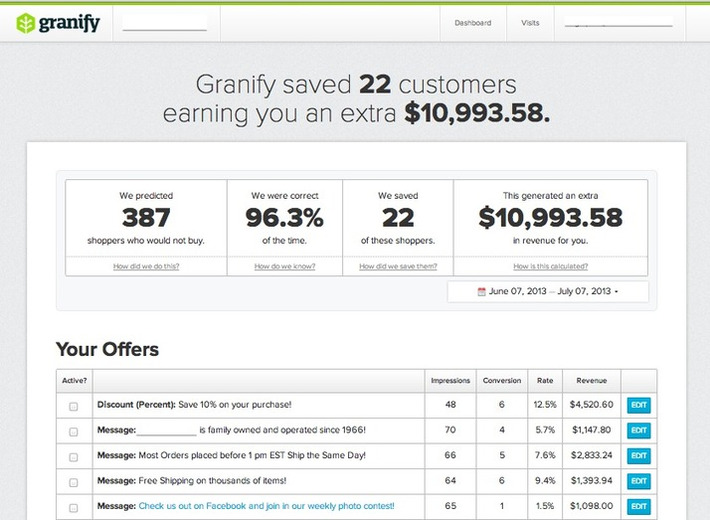
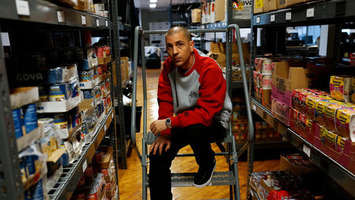

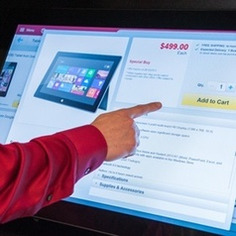










Very interesting insight from WSJ, the 33% figure appears to be very high and probably only applies to certain retailers or industries - apparel is the one feature in the article. One interesting figure from the article says "Rue La La said dealing with returns cost the company $5 million last year", which stresses the importance of the "transformation" component in your digital transformation plan.
In fact, things like returns may come and bite you in the rear if they are not planned for and addressed properly early on. Poster child for this was Zappos (now Amazon) that built returns as part of the normal ordering process, making certain that returns were fast, easy and profitable. This was an essential component of the digital transformation because buying shoes online has a very negative aspect for the customer compared to in-store: they can't try the shoes before they buy. So Zappos *had* to make return a part of its process.
Any digital transformation carries similar issues that must be accounted for early in the plan to make sure they do not kill your digital business model.